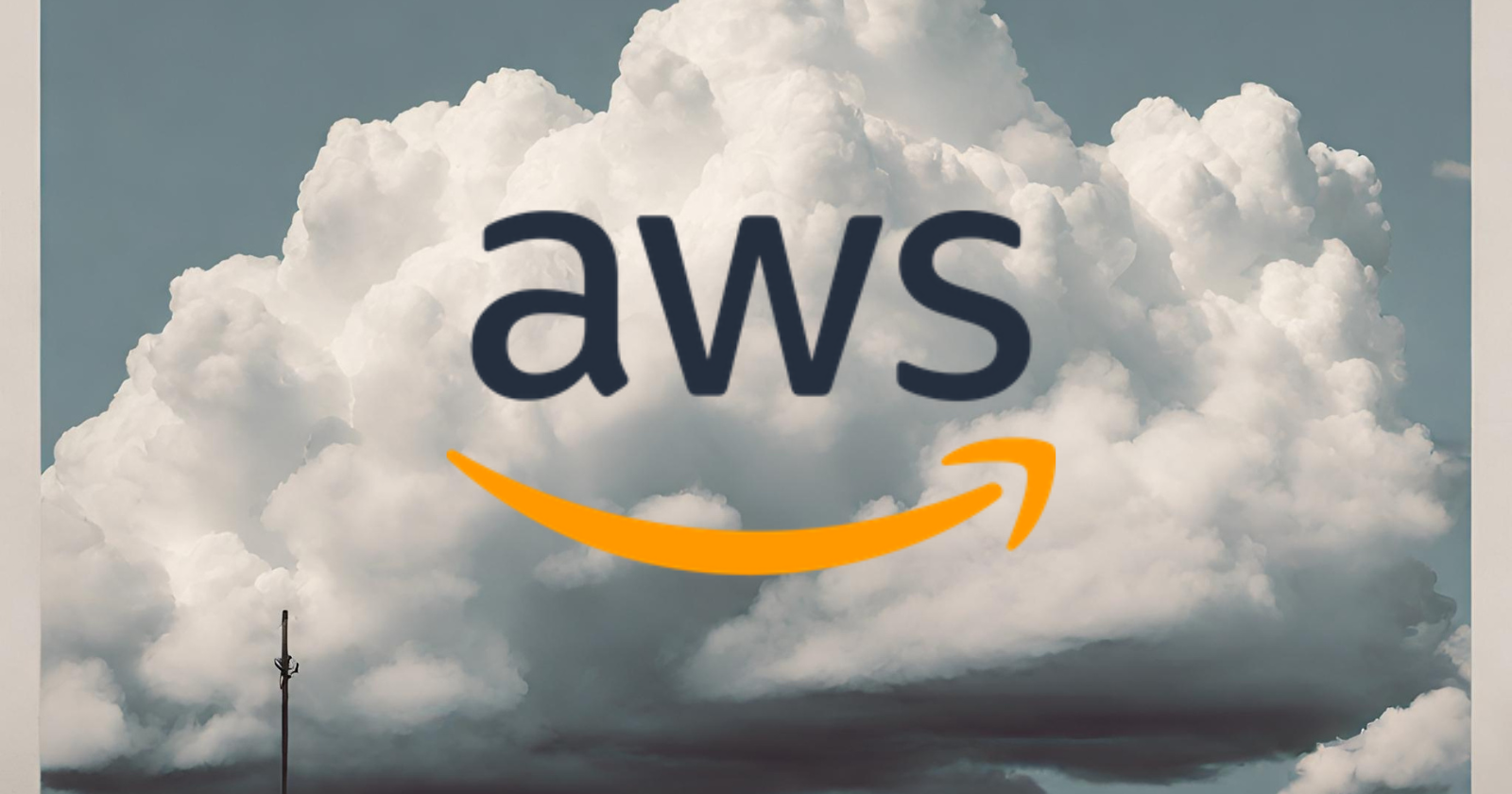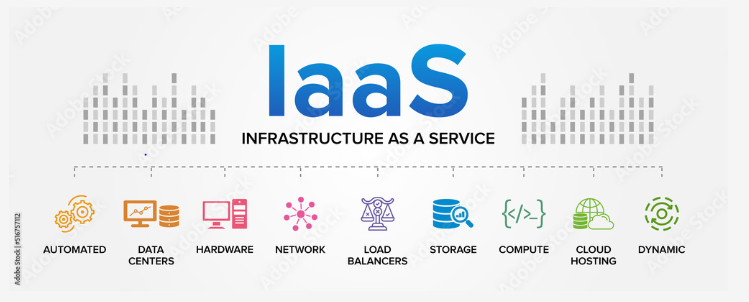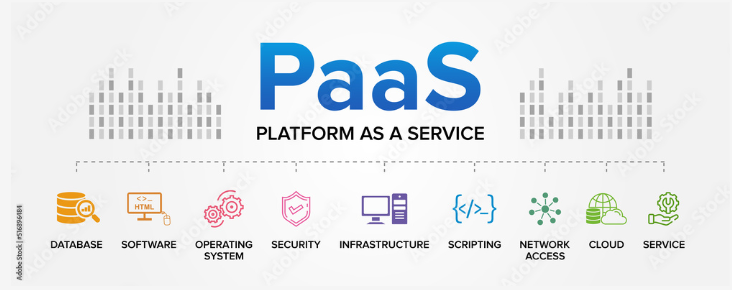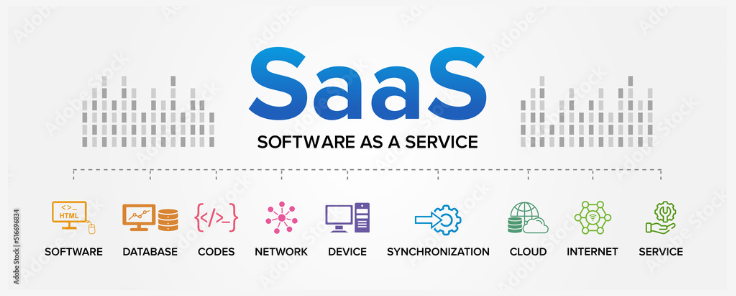Navigating the ☁️: A Comprehensive Guide to AWS
 Vivek Ashok Moudekar
Vivek Ashok Moudekar
☁Task for Day1
Exploring AWS Pricing Models💰
Understanding how Amazon Web Services (AWS) charges for its services can be a bit like navigating different paths through a forest. Each way has its own benefits and things to watch out for. Let's break down these paths:
1) Pay-As-You-Go (PAYG) :
This is like paying for what you use. You only pay for the time you spend using AWS services. It's good if your needs change a lot, as you can adjust what you pay accordingly.
2) Reserved Instances (RI)/ On-Demand Instances:
Whenever there is Priority Requirements and we need those dedicated Servers we use this reserved instances With this, you commit to using AWS services for a certain time, like renting a house for a year. It's cheaper than paying as you go, but you have to commit for a specific period.
3) Spot Instances :
These are like getting a discount on AWS services when they're not in high demand. It's great for non-urgent tasks, but they can be taken away if demand goes up spot Instances are like bidding in auction we have to bid the instances for getting it at cheaper price.
4) Dedicated Hosts:
Here, you rent a physical server just for yourself. It's good for when you need extra security or control over your hardware.
5) AWS Free Tier:
AWS gives you a taste of their services for free, so you can try them out without spending money. It's perfect for beginners or small projects.
Each way of paying has its own pros and cons. Choosing the right one depends on how much you want to spend and how much control you need.
Differentiate between on-premises🏢, on-cloud☁️, and hybrid cloud computing☁️🔄 models
let's dive into a comparison of on-premises, on-cloud, and hybrid cloud computing models, and when each might be the most appropriate choice.
1) On-Premises Computing:
Description : On-premises computing refers to the traditional model where businesses own and manage their own hardware, software, and networking infrastructure within their physical premises, such as in their own data centers.
Appropriate When : On-premises computing might be most suitable for businesses with stringent data security and compliance requirements, or those with legacy systems that cannot be easily migrated to the cloud. It's also preferred in industries where data sovereignty is a concern, and companies need full control over their infrastructure.
2) On-Cloud Computing :
Description: On-cloud computing, also known as cloud computing, involves outsourcing IT infrastructure and services to third-party cloud providers who manage and maintain the infrastructure off-site. Businesses access these services over the internet on a pay-as-you-go basis.
Appropriate When: On-cloud computing is ideal for businesses looking for scalability, flexibility, and cost-effectiveness. It's suitable for startups, small to medium-sized businesses, and enterprises that want to focus on innovation rather than managing infrastructure. Companies with fluctuating workloads benefit from the ability to scale resources up or down as needed.
3) Hybrid Cloud Computing:
Description: Hybrid cloud computing combines elements of both on-premises and cloud infrastructure. It allows businesses to integrate and orchestrate workloads across multiple environments, including on-premises data centers and public or private cloud services.
Appropriate When: Hybrid cloud computing is most appropriate for businesses that want to leverage the benefits of the cloud while retaining some degree of control over certain workloads or data. It's suitable for organizations with existing on-premises investments that want to gradually transition to the cloud, or those with specific regulatory or compliance requirements that necessitate certain workloads to remain on-premises.
In summary, the choice between on-premises, on-cloud, or hybrid cloud computing models depends on various factors such as security, compliance, scalability, budget, and the specific needs of the business. Each model offers its own set of advantages and challenges, and businesses should carefully evaluate their requirements before making a decision.
Exploring IAAS, PAAS and SAAS
Let's delve into the world of cloud computing and explore the different service models: Infrastructure as a Service (IAAS), Platform as a Service (PAAS), and Software as a Service (SAAS), with some relatable examples.
1) Infrastructure as a Service (IAAS):
Description : IAAS provides virtualized computing resources over the internet, including servers, storage, networking, and operating systems, allowing users to build and manage their own infrastructure.

Example : Amazon Web Services (AWS) EC2 and Microsoft Azure Virtual Machines are perfect examples of IAAS. They provide users with virtual servers that can be scaled up or down based on demand, giving businesses the flexibility to manage their computing resources efficiently.
2) Platform as a Service (PAAS):
Description: PAAS offers a platform allowing users to develop, run, and manage applications without dealing with the underlying infrastructure. It provides a complete development and deployment environment in the cloud.

Example: Google App Engine is a prime example of PAAS. It provides developers with a platform to build, deploy, and scale web applications without worrying about managing servers or infrastructure. Heroku is another popular PAAS provider, offering a seamless experience for developers to deploy their applications with ease.
3) Software as a Service (SAAS):
Description: SAAS delivers software applications over the internet on a subscription basis, eliminating the need for installation, maintenance, and management by the user. Users access the applications through a web browser or API.

Example: Salesforce is a leading SAAS provider, offering customer relationship management (CRM) software as a service. Users can access Salesforce's CRM platform through their web browser without needing to install or manage any software on their local machines. Similarly, Microsoft Office 365 provides productivity software such as Word, Excel, and PowerPoint as a service, allowing users to access these applications from anywhere with an internet connection.
Each of these service models offers distinct advantages, catering to the varying needs of businesses and users. Whether you need full control over your infrastructure with IAAS, a streamlined development and deployment process with PAAS, or hassle-free access to software applications with SAAS, the cloud has a solution for you.
Happy Learning😊
Subscribe to my newsletter
Read articles from Vivek Ashok Moudekar directly inside your inbox. Subscribe to the newsletter, and don't miss out.
Written by

Vivek Ashok Moudekar
Vivek Ashok Moudekar
👋 Hello there! I'm Vivek, a DevOps enthusiast with a keen interest in streamlining software delivery. I hold a Master's degree in Computer Applications and have a solid foundation in key technologies such as Linux, Git, Docker, Kubernetes, and AWS. 💻 My passion lies in automation, ensuring efficient and seamless processes throughout the software development lifecycle. I thrive on creating robust CI/CD pipelines that empower teams to deliver high-quality software with confidence. 🚀 Beyond the code, I enjoy the ever-evolving world of DevOps and the challenges it brings. Join me on this journey as I explore new ways to enhance software delivery and foster a culture of continuous improvement. Let's connect, collaborate, and make the world of DevOps even more exciting together